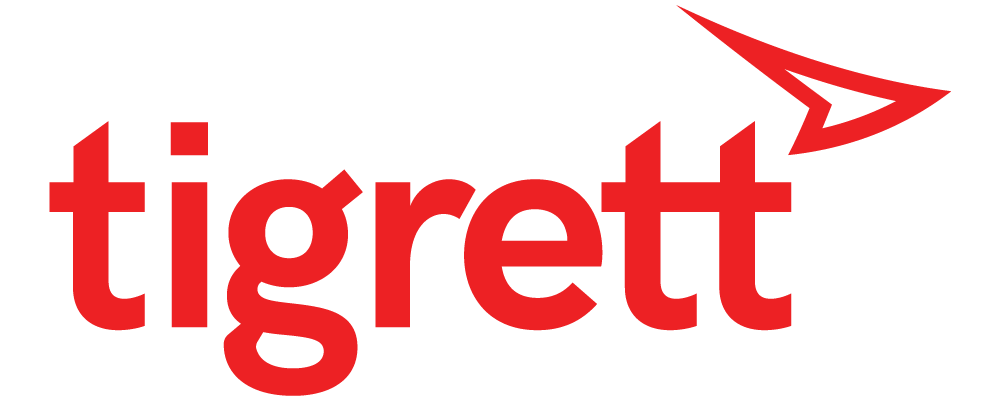6 Steps to Designing the Perfect Content Marketing Strategy
Content marketing, as buzzy as that phrase has been for the last few years, is still a widely misunderstood practice. Simply put, content marketing is the practice of consistently creating and distributing content to targeted prospects while supporting all steps of the customer journey from brand introduction to adoption. By content, I mean any online form of communication: blogs, videos, infographics, whitepapers, email, social posts and much, much more.
Now that we know what content marketing is… let’s check the next box and talk about how to develop a content marketing strategy.
I’ve personally achieved the best results by following a simple six-step formula:
- Strategy
- Ideation
- Content Creation
- Distribution
- Measurement
- Optimization
Each step in this formula informs the decisions that must be made during the next steps. For example, it’s difficult to generate content ideas without first establishing your overall strategy.
Let’s take a look at each step of this formula and identify exactly what each brand must consider and include their content marketing strategy.
Strategy
During the strategy step brands must perform industry research, identify and document several key areas of their business. The items identified and documented in the strategy phase will serve as the North Star for the rest of the content marketing strategy. It will also serve as an internal alignment tool to ensure key stakeholders understand the goals of the content marketing strategy and are committed to executing the outlined plan.

Perform a competitive landscape review
This includes competitor social follows social post frequencies, blogging strategies, website traffic analysis, email practices and more. Take a look at what your competitors are doing, what they aren’t doing, their strengths and their weaknesses. All of this information will come into play later in the content marketing document.
Audience personification
Using first-party data (website traffic, transactional data, email subscribers) clearly identify three to four unique audience personas. Include age, gender, professions, consumption habits, household incomes, marketing objections, and any other unique identifiers. It can also be valuable to include any client-facing employees to provide personal insight into who is engaging with the brand.
Clearly defined goals
With clearly defined goals, along with expected timelines to accomplish those goals, the marketing team and key stakeholders will all be in alignment with their expectations. Issues arise in content marketing teams when they are not committed to the strategy, or they are not aligned on the timeline to see those results.
Stated goals can include increases in website traffic, email opt-ins, social media follows, downloads, inbound leads and more.
Ideation
The ideation phase, step two in our six-step process, is when brands can first reflect back on their outlined strategy and defined goals and begin to throw out any and all ideas about how they can most effectively accomplish their goals.

Content Gaps & Opportunities
This section of a content marketing strategy document uses the competitive analysis portion of the strategy step to identify what competitors are doing and not doing in terms of content creation. Be on the lookout for underserved content types – content types that have high demand, but low supply. For example, an industry may be overproducing video, but underproducing audio. Identifying these gaps creates opportunities for brands to take advantage of as they begin creating content.
Topical Recommendations
Clearly outlining what types of topics a content marketing strategy will focus on is key to producing content at scale. Think back to the identified personas and outline what topics these segments are reading and researching. Examples can include subject-matter expertise blogs as a topic, lifestyle guides distributed through email, meme-based marketing, etc. Having defined topics, aligned to personas also helps break through writer’s block.
Recurring Theme Strategy
It can also be helpful to determine why types of reproducible content you will need and how often. Recurring themes, or content, not only cultivates an engaged community by giving them something planned to look forward to, but also alleviates the constant stress of having to generate new ideas. For example, a strategy might include a new DIY Youtube video every third Thursday of every month or a flash sale at 2:00 pm every Friday. Clearly list all recurring pieces of content and the expected frequency of distribution.
Content Creation
The content creation step is the lifeblood of a content marketing strategy. While most businesses can create content at a high volume, developing a systemic approach to content creation is key to reaching the stated goals in the most efficient manner possible.
Based on the clearly defined strategy and topical recommendations identified in the ideation phase, this step is where brands begin listing all of the creative assets they will require. For example, if a brand lists a “monthly t-shirt giveaway” in their recurring theme strategy, this is the step where they clearly list all of the deliverables to execute the giveaway.
Platform Specific Content Strategy
One key consideration during the content creation step is determining which content needs to be developed for which platform. For example, an infographic may work great on a blog, but how does it work on Instagram? Does it need to be converted to 1:1 cards to fit within a swipeable carousel? When thinking through the creation of content, think through how it will need to be adapted to each respective platform. There is no more one size fits all…
Distribution
An effective distribution strategy revolves around a clearly defined strategy for each platform to take advantage of consumer behaviors, expectations and the algorithms designed to distribute content to the targeted audience segments.
It’s important to keep in mind consumer expectations on a per channel basis. For example, consumers laying in bed at 11:00 pm on a Thursday scrolling through Instagram may not be interested in a buy one get one eCommerce offer. But at 10:00 am Friday morning, if delivered through email, that might be a great piece of content.
During the distribution step, think about the target personas listed in the strategy step. When and where are the targeted personas most likely to engage with the content created in the content creation phase? Identify and list their browsing habits and align the created content to these habits to maximize the reach of your content.
Measurement and Reporting
The backbone of a successful content marketing strategy lies in its ability to provide ongoing proof of performance. In the measurement and reporting phase, brands must outline what they will measure, how they will measure it and how they plan to review these metrics to evaluate which content is performing. The insights garnered here can then be used to further optimize the overall content marketing strategy in the next step.
Going back to the strategy step, think through exactly which metrics will indicate success or failure and clearly list which tools you will use to measure these and at what frequency. The most basic (and free) tools, include Google Analytics and Google Data Studio. These two tools can provide most of the results a content marketing team needs for proof of performance. We also enjoy working with premium reporting tools such as dashthis and Sprout Social.
Optimization
During the optimization step, brands must list who is going to take ownership over strategy wide optimizations, and potentially, how frequently those changes will be made. This person, or small team, is responsible for taking ownership over the strategy, the stated goals, the content being created, distribution tactics and ultimately bumping all of these things up against the metrics in listed in the measurements step. This person or team must also understand when to change core elements such as the stated goals, or simply adjust the content being created to better align with the distribution strategy.

Conclusion
It is important for all members executing on the content marketing strategy, and all members reviewing the results, to understand that it is a completely organic document. As in-depth as strategies may be, social platforms and consumer behaviors are constantly evolving and a business’ content marketing strategy must evolve with them.
Failing to evolve a content marketing strategy, failing to commit to the process and being inconsistent in distribution is a surefire way to position a business alongside the businesses who have tried, failed at and now add to the conversation that content marketing doesn’t work. This is like doing 30 sit-ups, looking in a mirror, not seeing a six pack and saying sit-ups don’t work.
Content marketing does work. It works very well. But, it takes time. Focus on managing internal expectations, committing to the process and being consistent with distribution and six months from now you’ll have a well-oiled website traffic generating machine. Good luck!




1 Comment